The fall of the Berlin Wall on November 9, 1989, marked a momentous turning point in both European and world history.
The Wall, built in 1961 to divide East and West Berlin, was a symbol of the Cold War and the opposition between the communist and capitalist worlds. Its end was made possible by the reforms initiated in the USSR by President Mikhail Gorbachev, such as perestroika and glasnost, which promoted openness and dialogue. Growing popular protests in East Germany and the Eastern Bloc countries, combined with international diplomatic pressure, led to the sudden opening of the borders. The Berliners rushed to the Wall, crossed it, climbed it and began to tear it down with their own hands. In the months that followed, this event accelerated the reunification of Germany, which was officially formalized on October 3, 1990, and also marked the beginning of the end for the Soviet Union, which dissolved two years later in 1991. The fall of the Wall remains a symbol of freedom and the ability of people to overcome the divisions imposed by history and politics.
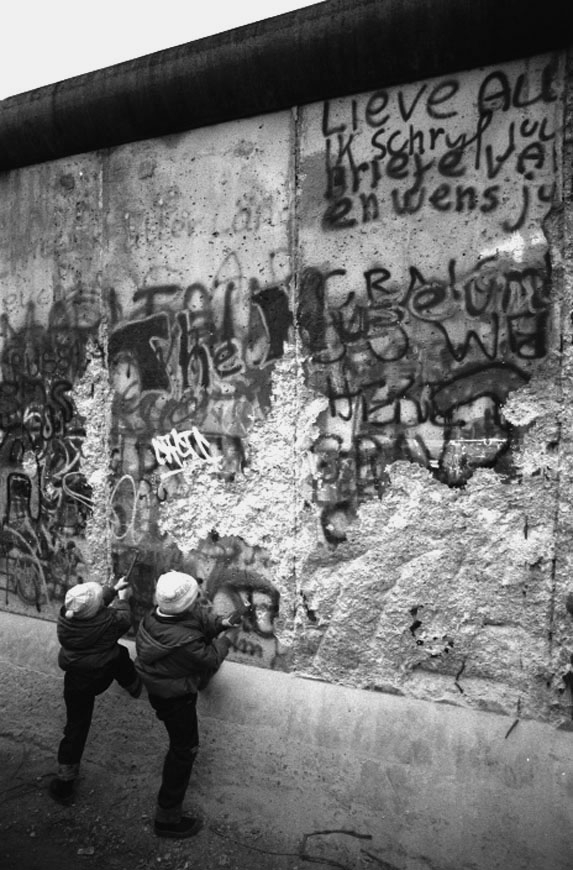
The fall of the Berlin Wall on November 9, 1989, marked a momentous turning point in both European and world history.
The Wall, built in 1961 to divide East and West Berlin, was a symbol of the Cold War and the opposition between the communist and capitalist worlds. Its end was made possible by the reforms initiated in the USSR by President Mikhail Gorbachev, such as perestroika and glasnost, which promoted openness and dialogue. Growing popular protests in East Germany and the Eastern Bloc countries, combined with international diplomatic pressure, led to the sudden opening of the borders. The Berliners rushed to the Wall, crossed it, climbed it and began to tear it down with their own hands. In the months that followed, this event accelerated the reunification of Germany, which was officially formalized on October 3, 1990, and also marked the beginning of the end for the Soviet Union, which dissolved two years later in 1991. The fall of the Wall remains a symbol of freedom and the ability of people to overcome the divisions imposed by history and politics.

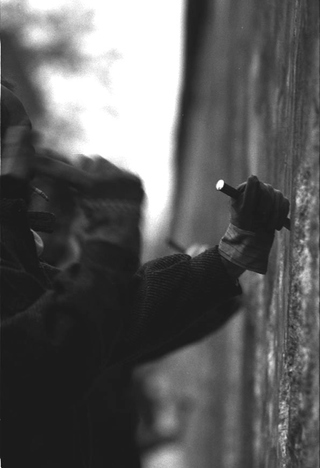
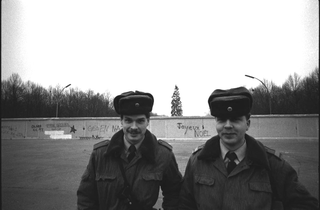
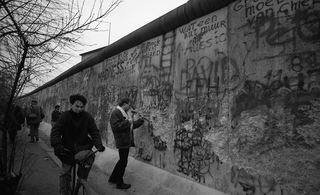
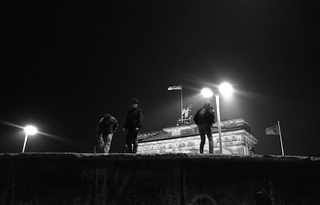
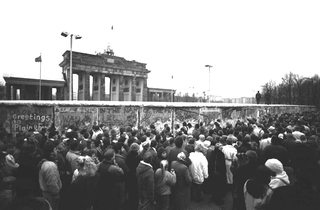


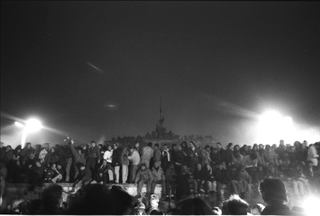
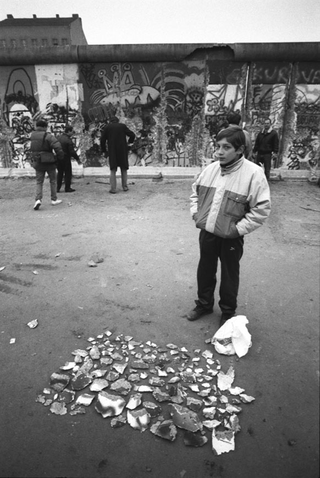
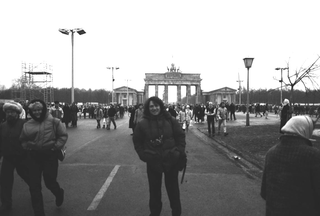
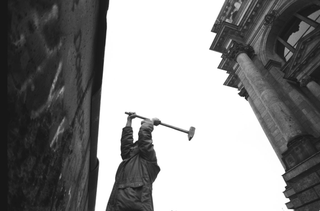

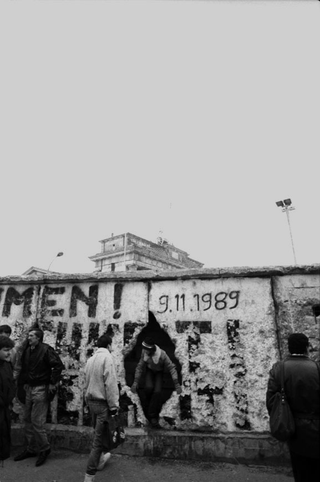
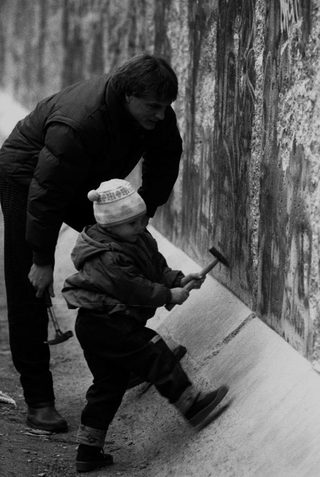
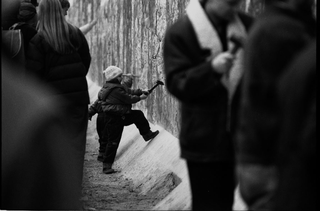
Social
Contatti
archivio@carloorsi.com